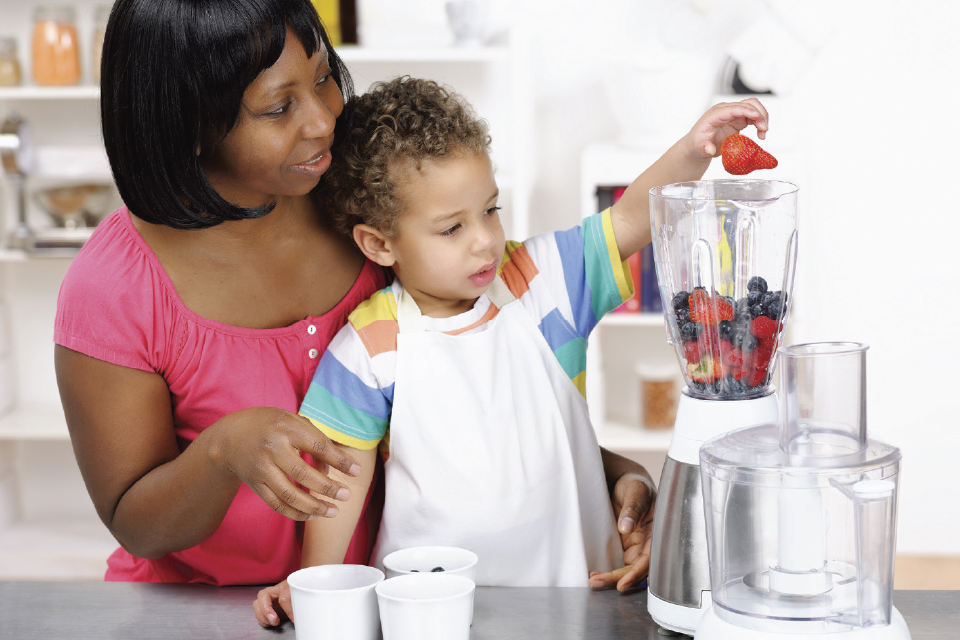Medical FAQ: Keeping Kids Healthy

With more and more processed foods and added sugar available in the supermarket by the day, it can sometimes feel like an uphill battle getting healthy meals on the table for kids. And even then, there’s no guarantee that a child will want to eat it. So, how do you make sure your children eat a balanced diet and steer them away from excess sugar? There’s no magic formula, but Dell Children’s Medical Center Dietitian, Megan Barron, has some of the solutions.
How can parents make sure that their kids are meeting their nutritional needs?
What we always tell folks is: make sure you’re not skipping meals and remember that kids need snacks as well. With children, they should be eating fairly frequently—about every four hours. I think a lot of times that's forgotten, especially when the focus in this day and age is reducing calories and controlling intake and so forth. But because kids are growing, they need that constant energy source. We always try to make sure that parents are set up for breakfast, lunch, snack and then dinner. Ideally that’s a typical day for most kids. The calories should vary on activity level.
What are some of the effects of excess sugar in a child’s diet?
One of the things we worry about is dental health. We see that as a big problem early on. If they’re consuming a lot of sugary drinks, they’ll end up with a lot of cavities. The other issue is empty calories. They provide a quick energy source but it’s not sustainable and so we find that they have a lot of energy initially and then they crash (so to speak). We'll see even some misbehavior because they're not getting that consistent, healthy balance of food with protein, carbs, and fats. There are some theories back and forth on this, but, sometimes, that extra sugar can stress the pancreas with extra insulin. Over time, there's some theories that that can be a big contributor to diabetes and other health problems like obesity. It's little things that happen over time.
What can parent of a picky eater do to make sure their child is getting the nutrients they need?
I always recommend a gummy multivitamin because there are very few kids that won’t do that—they love it. I always tell parents to think of it like an insurance policy; you’re just covering their bases because everybody’s intake is up and down. Also, one thing that I really like to recommend to parents if their child is a picky eater is a smoothie. It can really provide something that is healthy and nutritious by adding fruits or vegetables or greek yogurt. Have the child help prepare the smoothie by adding things to the blender—it gives them a little bit of control that they’re getting to make some decisions, like choosing strawberries or blueberries.
What are some ways parents can be good nutritional role models?
There have been tons of studies on how children really do watch their parents and that's how they learn what to eat. So, if parents put food on the children’s plate that they aren’t also eating, it usually doesn’t go over very well. Even kids as young as infants are influenced by this. If a six-month-old is trying solid food for the first time and they’re given green beans, but they've never seen anything green on their parent’s plate, they’re more likely to refuse. Take the time to look at your plate and make sure you’re getting your servings of vegetables and fruit, protein, and starch.






